Digital literacy is the imperative of the digital transformation era.
The Vietnam Digital Skills Index 2023 report shows that nearly 60% of people in ethnic minority and mountainous areas have never accessed online public services. Meanwhile, healthcare, education, agriculture , etc. services are increasingly operated via digital platforms. This situation creates a growing digital divide, leading to new inequalities - inequalities in access to information and development opportunities.
In order to eradicate technological illiteracy and popularize digital knowledge to all people, especially ethnic minority areas, mountainous areas, border areas, and islands, the “Digital Education for All” movement has been formed. This is not only an educational initiative but also a profound political and social movement, marking a turning point in national policy associated with the technological revolution.
According to Plan No. 01-KH/BCĐTW dated April 21, 2025 of the Central Steering Committee, the "Digital Literacy for All" movement aims at a number of goals, notably: By 2027, 100% of extremely disadvantaged communes will have effective community digital transformation teams; At least 80% of ethnic minority people will have basic digital skills; Form a force of "community digital instructors" from commune and village officials, prestigious people, and youth volunteers.
The “Digital Literacy for All” movement does not aim to replace general education or advanced digital programs, but focuses on community education, training essential technology application skills in life such as: cashless payments, online public services, access to digital healthcare, online learning, promoting agricultural products on social networks...

Ms. Nguyen Kim Phuong, owner of Tay's Homestay in Khuoi Ky Stone Village (Trung Khanh district, Cao Bang province)
very proficient in using the phone to "close customers" for room bookings. Photo: Binh Minh
Although the policy is correct, the practical implementation of this movement is facing many challenges.
Firstly, digital infrastructure has not yet been widely covered. According to the Ministry of Science and Technology, by the end of 2024, there will still be more than 3,000 remote villages without fiber optic internet, especially in Lai Chau, Kon Tum, and Dak Nong.
Second, lack of smart devices. Data from the Ethnic Committee shows that 40% of poor households in ethnic minority areas do not have internet-connected devices.
Third, the gap in technological awareness is still quite wide, especially among the elderly and ethnic minorities who are not fluent in Mandarin.
Proposed policies associated with the "Digital Literacy" movement
In the context of the 4.0 industrial revolution and the global digital transformation trend, developing digital infrastructure and improving digital skills for people, especially ethnic minorities and mountainous areas, has become an urgent task of strategic significance in the fight against hunger and poverty, narrowing the digital gap, preserving culture and promoting sustainable socio-economic development.
In order to contribute to realizing the goal of equitable and sustainable development of ethnic minority and mountainous areas in the digital age, it is necessary to prioritize and focus on implementing the following groups of contents.
First, increase investment in digital infrastructure, prioritizing ethnic minority and mountainous areas.
Prioritize investment capital to build digital networks: To narrow the digital gap between regions, it is necessary to prioritize the allocation of state budget, international aid and digital technology development funds for investment in building digital infrastructure in ethnic minority and mountainous areas.
Focusing on: Developing fiber optic Internet network to cover especially disadvantaged communes, villages, remote areas; Promoting coverage of new generation mobile technology 4G and 5G to ensure stable, high-speed Internet transmission; Applying modern transmission technology such as satellite, community wi-fi to expand coverage to each household and individual.
Incentive mechanisms and commitments of telecommunications enterprises: The Government needs to issue policies on tax incentives, fee reductions, support for premises and investment procedures for telecommunications enterprises implementing projects to cover ethnic minority areas. At the same time, build a binding mechanism to commit to providing stable, sustainable services and prices suitable to the economic conditions of the people.
Infrastructure quality monitoring and maintenance: Establish independent monitoring teams consisting of local officials, representatives of specialized management departments, and technical experts to monitor and evaluate network quality in deployment areas; Have a mechanism to quickly handle incidents, maintain equipment, and ensure continuous infrastructure operation to meet people's needs.
Second, develop native digital human resources.
Train commune cadres, prestigious people, and young volunteers who know ethnic languages and are proficient in using technology to become “digital tutors” and “native digital teachers”. Develop appropriate digital skills training programs for these forces so that they become the core factors in imparting digital knowledge to the community.
Integrating ethnic languages into training programs: To ensure effective learning for ethnic minorities, it is necessary to compile bilingual or multilingual training materials and content, focusing on using indigenous ethnic languages, while creating videos and vivid, intuitive illustrations to minimize language and technical barriers.
Incentive and incentive policies: There needs to be a mechanism for financial support, rewards, creating conditions for improving qualifications, and continuous training for the team of "digital tutors" to maintain motivation and improve the effectiveness of teaching digital skills in the community.
Third, support ethnic minority-friendly equipment and software.
Providing cheap and preferential Internet access devices: The State coordinates with enterprises to provide suitable Internet access devices (smartphones, tablets, 4G USBs) at preferential prices, or free of charge for poor households and ethnic minority households with special difficulties. This is accompanied by simple and easy-to-understand instruction classes, ensuring that people can effectively exploit these devices.
Develop multilingual and user-friendly digital applications: Encourage the development of applications serving online learning, telemedicine, administrative transactions, e-commerce, etc. with simple interfaces, supporting multiple languages, including ethnic minority languages; use intuitive illustrations, avoid difficult-to-understand technical terms.
Applying digital technology to serve essential needs: Piloting the model of “indigenous digital handbook” – an app with a simple interface, ethnic languages, connecting to basic services. Developing platforms to support ethnic minority people in accessing information, medical services, education, social security policies, legal support, etc., helping to improve the quality of life and reduce dependence on physical conditions in remote areas.
Fourth, linking “digital education” with livelihood development.
Digital skills training linked to traditional livelihoods : Develop specialized digital skills training programs targeting key livelihood areas of the people such as smart agriculture, handicraft processing, community tourism, etc. to help people improve productivity, quality and product value.
Support online sales and digital marketing: Build digital support programs in sales management, promote products on e-commerce platforms and social networks, creating conditions for people to expand their consumption markets and increase their income.
Connecting businesses and communities: Strengthening coordination between government organizations, businesses, and social organizations to build digital product value chains from production to consumption, supporting digital economic development, while preserving and promoting the unique cultural values of ethnic groups.
In summary, the synchronous implementation of the above policies will create an important premise for the "Digital Education for All" movement to develop strongly, promote comprehensive digital transformation, and improve the ability to access technology of ethnic minorities and mountainous areas. This is an important step to help reduce poverty, develop a sustainable socio-economy, preserve cultural identity and narrow the digital gap in the community.
“Digital Literacy for All” is not simply a technology program, but a democratic and enlightening movement that unleashes the potential of knowledge in the new era. Eradicating digital illiteracy today is also sowing the seeds of knowledge and new equality for tomorrow - where no one is left behind in the digital age./.
Minh Duc
Source: VietNamNet Newspaper - https://vietnamnet.vn
Source: https://bandantoc.caobang.gov.vn/tin-tuc-hoat-dong/buoc-ngoat-trong-chinh-sach-dan-toc-gan-voi-cach-mang-cong-nghe-1020627


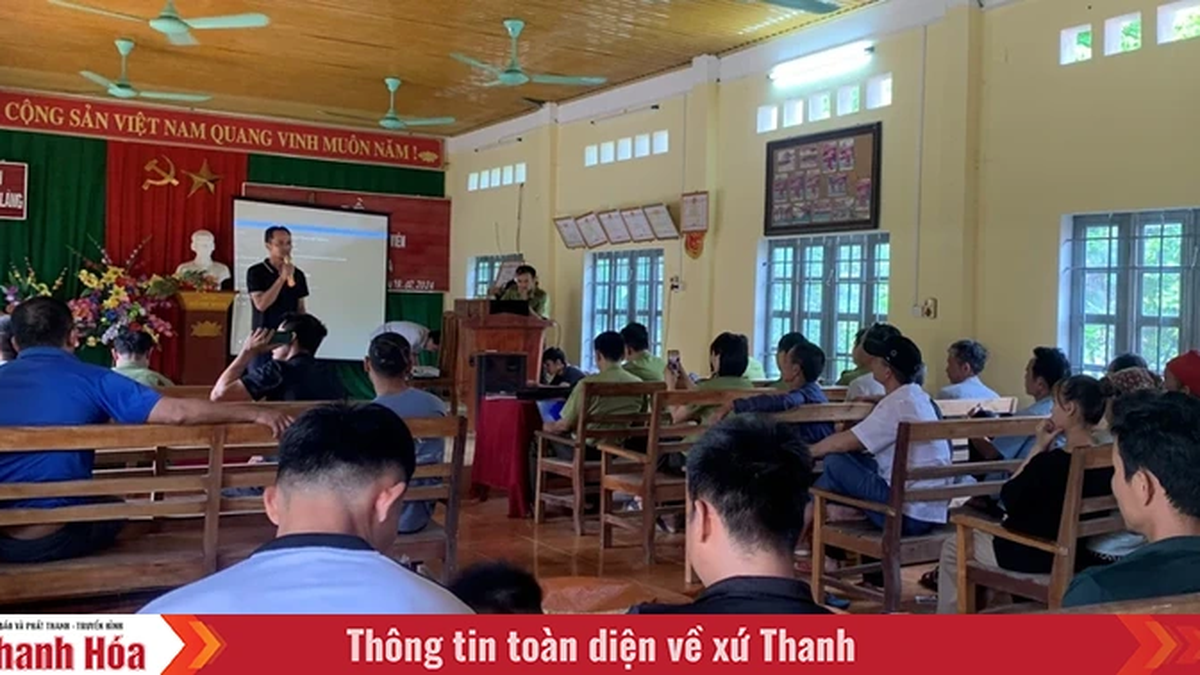

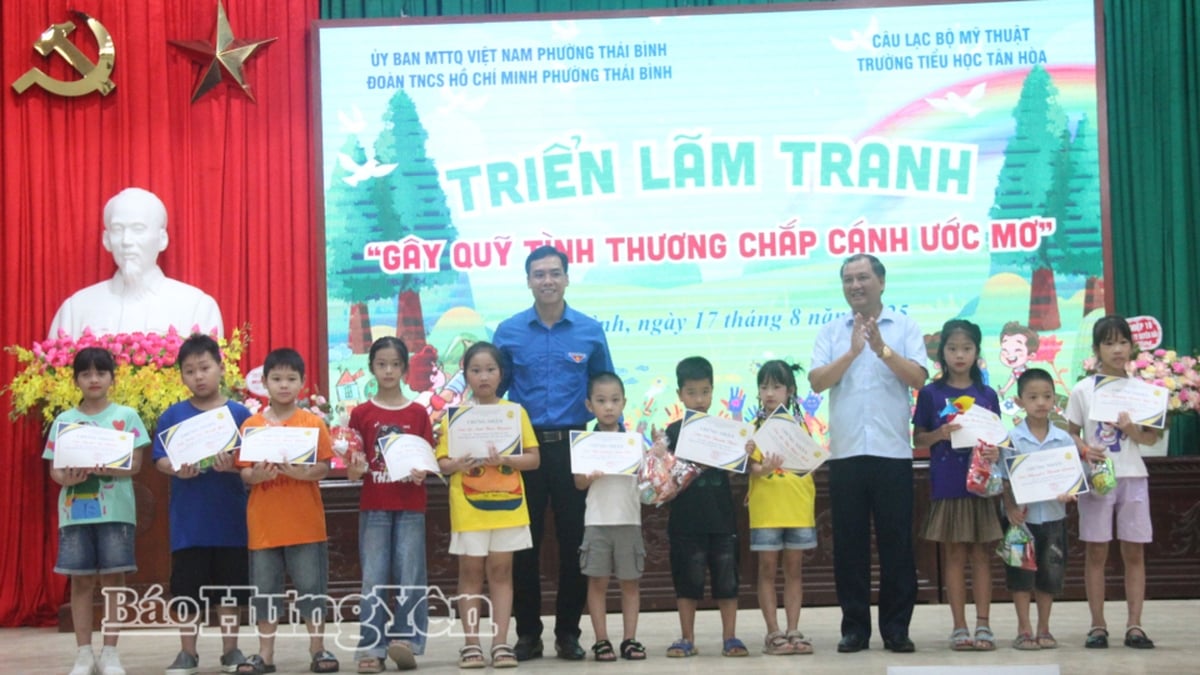
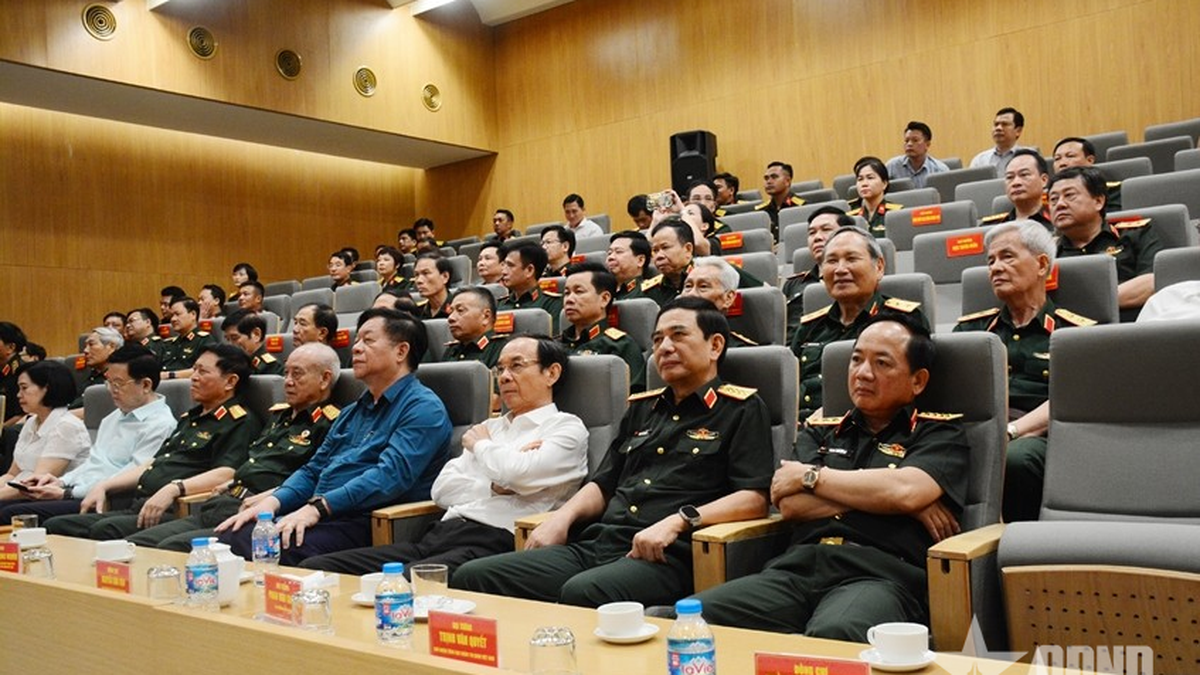
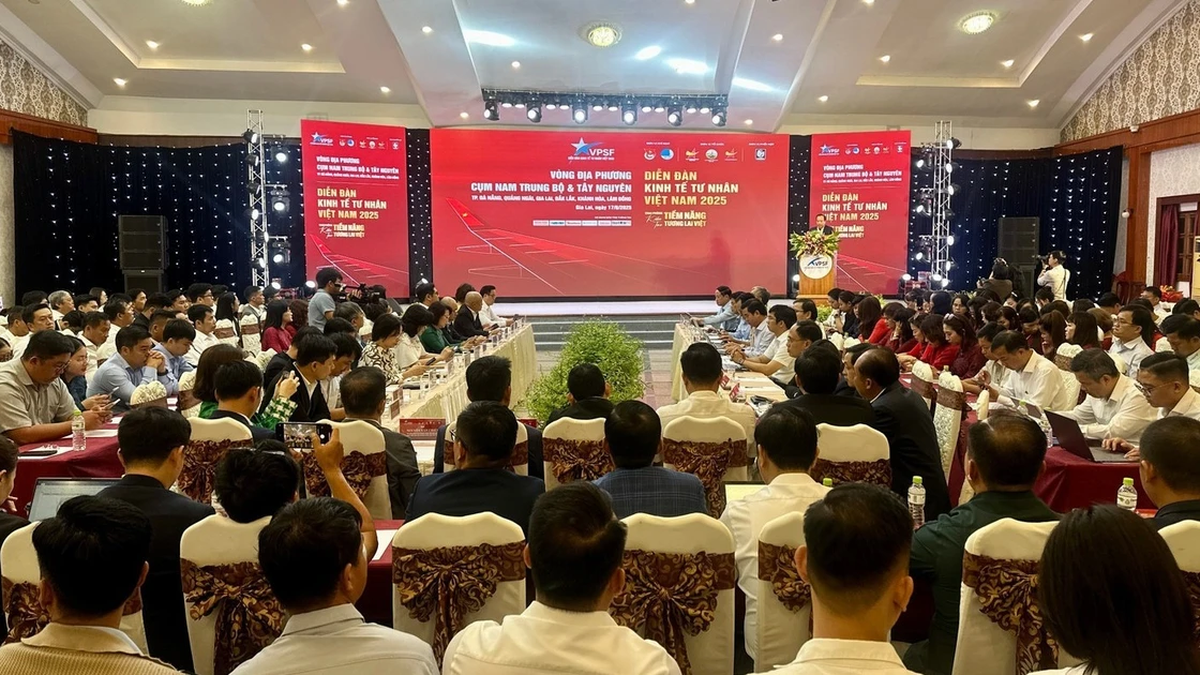
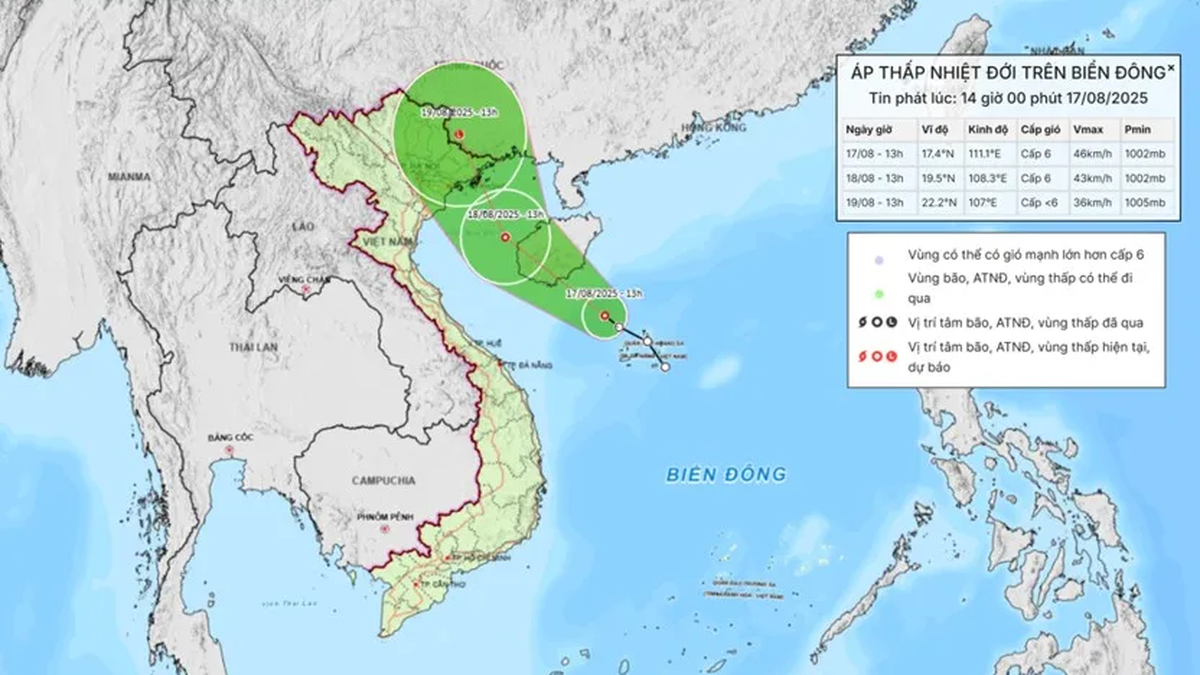


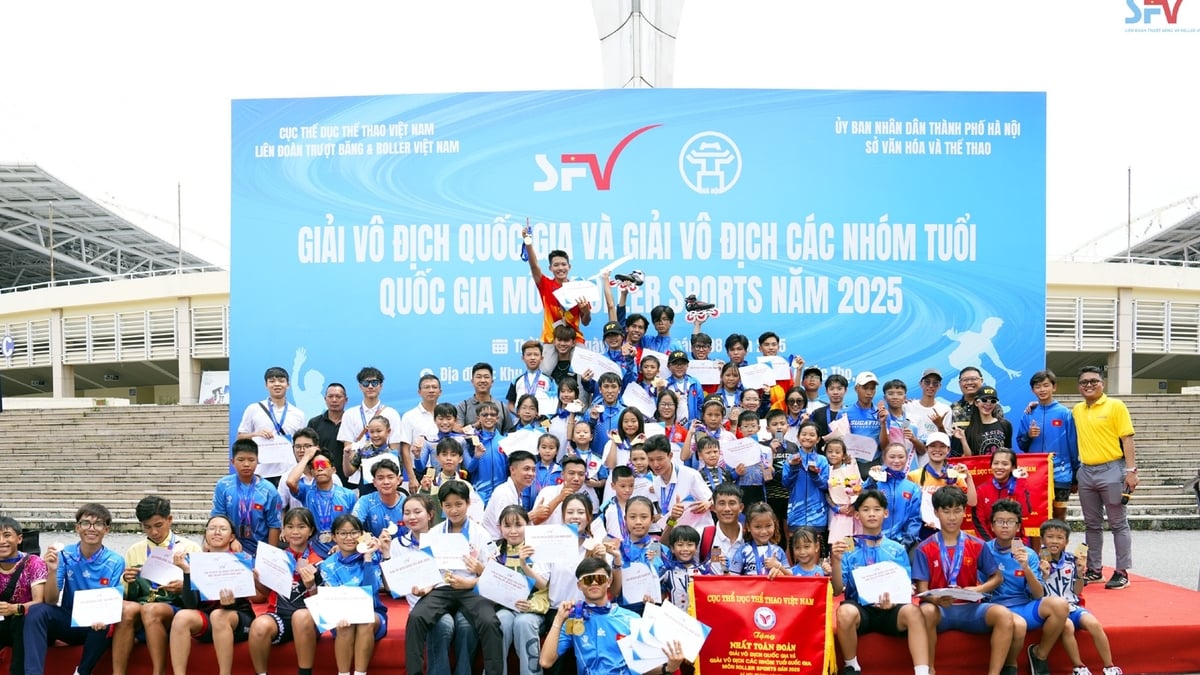
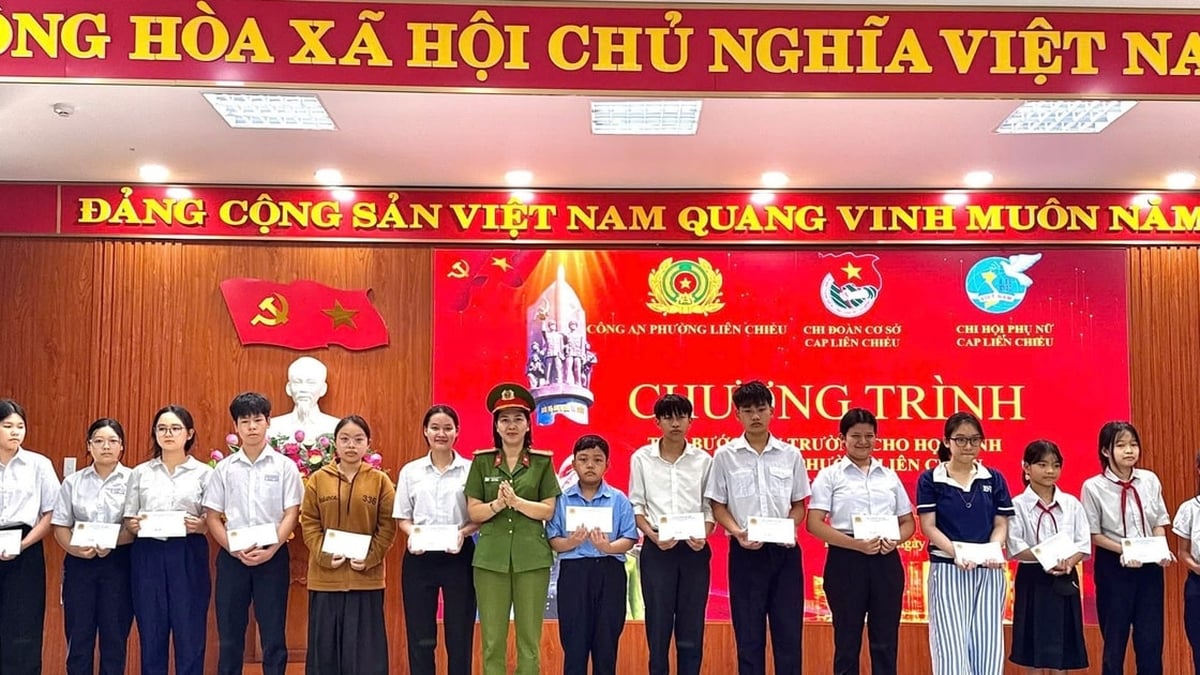




















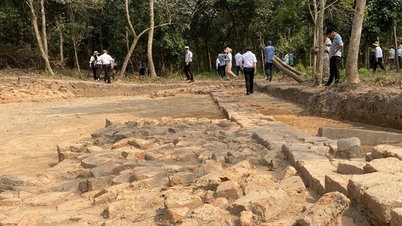



















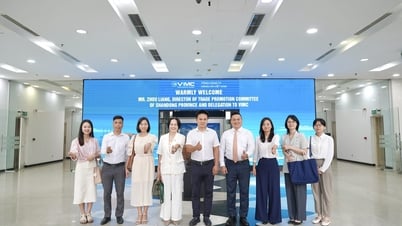











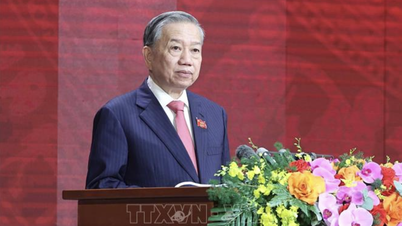



![[Photo] Party and State leaders visit President Ho Chi Minh's Mausoleum and offer incense to commemorate Heroes and Martyrs](https://vphoto.vietnam.vn/thumb/402x226/vietnam/resource/IMAGE/2025/8/17/ca4f4b61522f4945b3715b12ee1ac46c)
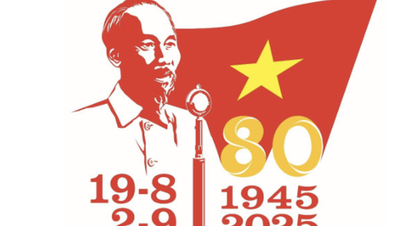





























Comment (0)